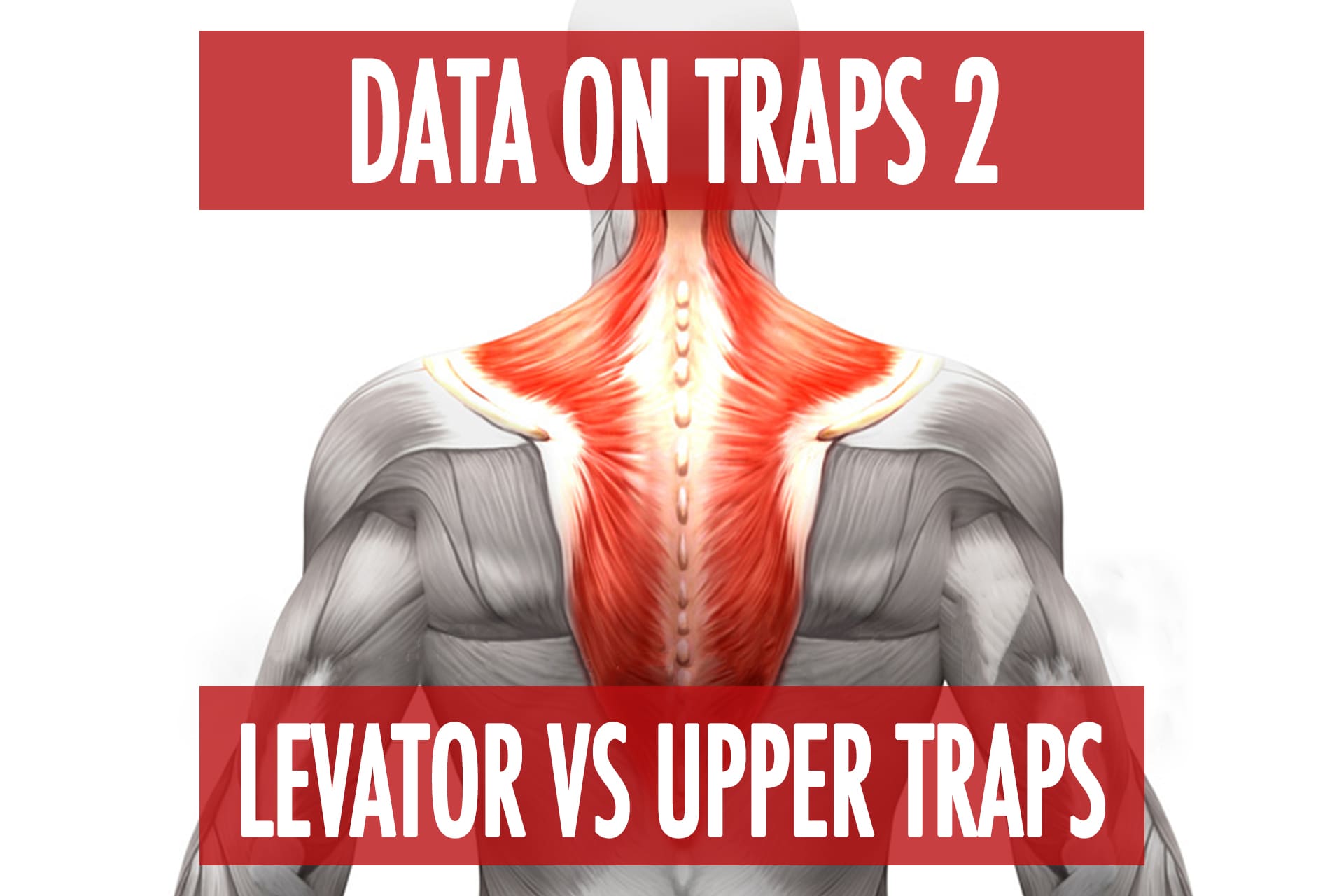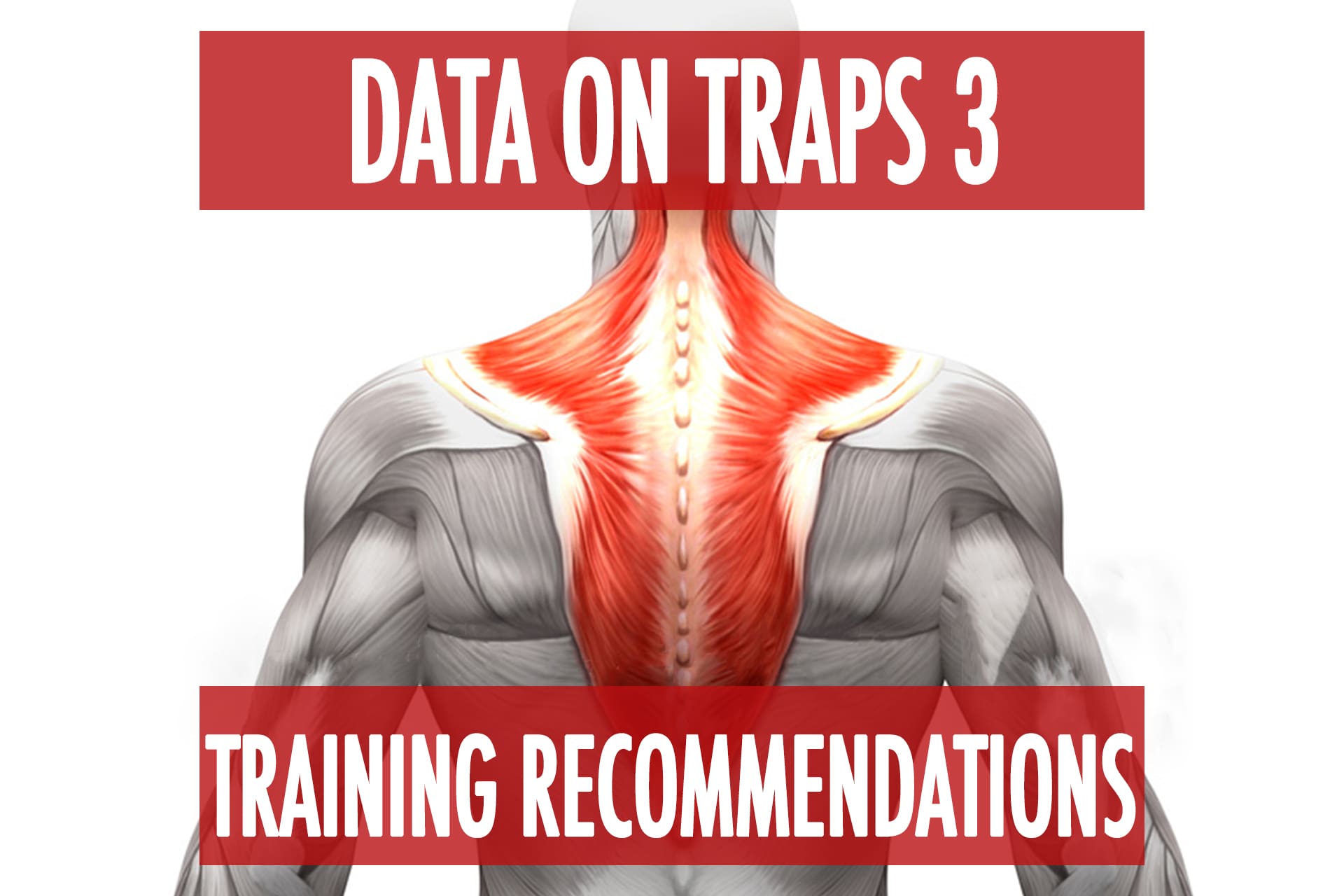N1 Lab: Upper Traps
n1 training
Do The Upper Traps Shrug?
A while back a popular fitness influencer made a few post sharing his views that upper traps don’t do shrugs, and rather that it is the middle traps. He claimed upper traps would do more horizontal pulling. I disagreed and we discussed it a bit without agreeing. I said I would test it with the EMGs because he said the EMG studies were placing the upper trap sensor too low (on c7). So we placed an upper trap sensor above C6 and even a sensor on the anterior/front portion of the upper fibers, leaving no chance that they could be considered middle traps.
The results showed that the ratio of upper to middle trap was highest when doing vertical shrugs. The one exception being an overhead shrug which included more scapular upward rotation, and thus a shorter muscle length for the middle traps.
To me this seemed pretty obvious, which is why we made sure to have some fun making this video. The upper traps have the highest origin and insert mostly on the clavicle. The vertical shrug motion is mostly upward rotation of the clavicle, with minimal scapular rotation or retraction, aka the exact motion that lengthened and shortens the upper traps. The middle and lower traps insert on the scapula and have lower origins, which is why they are more involved in scapular rotation, and varying degrees of retraction. This means exercises like rows and lateral type raises will be more biased to the middle and lower traps, but exercises that load with more of a vertical force will bias more upper traps.
The upper traps are pretty poor at retraction or scapular rotation, which the middle traps are great at, and many exercises include both. So don’t be surprised if you find both divisions working to similar degrees in many exercises.
Remember it’s ok to disagree with people without it being personal. Challenging ideas leads to discussions and content.
What do you guys think? Do upper traps shrug?
Data On Traps Part 2: Levator vs Upper Traps
articleAnatomy & Biomechanics Biomechanics FREE Instagram
Popular Pages
Learn & Train With Us
Add N1 Training to your Homescreen!

Please log in to access the menu.


